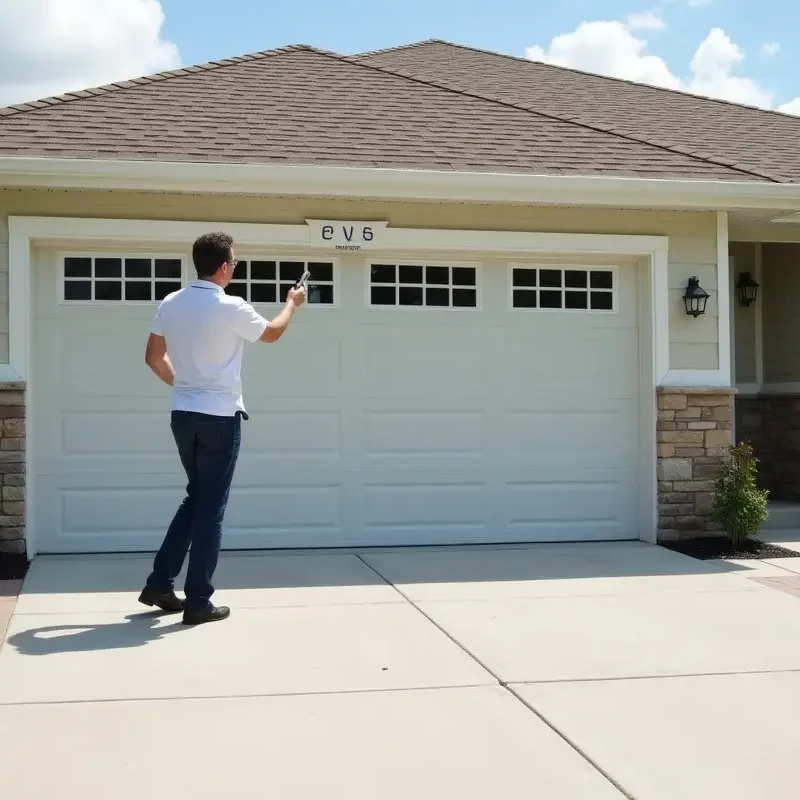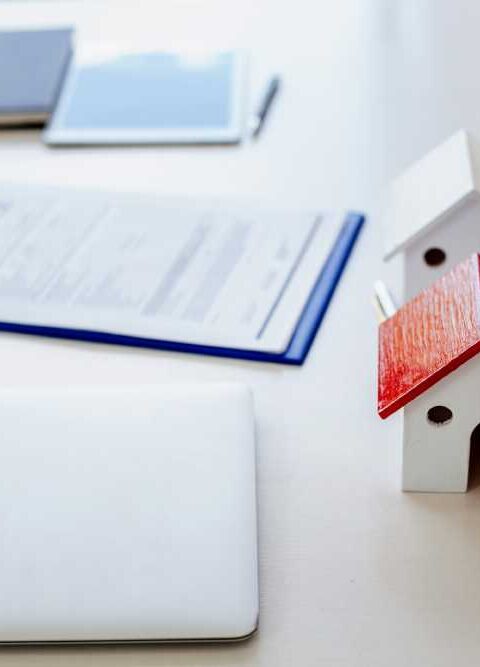Your garage door is more than just a way to get in and out of your garage. It’s a vital part of your home’s security, and when it’s running smoothly, it makes life a whole lot easier. But, like any part of your home, it needs some love and attention to keep it in top shape. The good news? A little maintenance goes a long way. Let’s explore how you can keep your garage door operating smoothly all year round.
The Importance of Regular Inspections
Think of your garage door as the unsung hero of your home. It opens and closes thousands of times a year, often without complaint. But this heavy lifting comes with wear and tear. Regular inspections are your first line of defense against unexpected breakdowns.
Start with a visual inspection. Take a good look at all the moving parts: the cables, rollers, springs, and hinges. Are there any signs of wear, rust, or fraying? Is everything aligned correctly? Catching these small issues early can save you from bigger headaches down the road.
Key Areas to Inspect:
- Cables – Look for signs of fraying or damage. If they’re worn, it’s best to call a professional.
- Rollers – Check if they’re cracked, worn, or bent. Rollers should glide smoothly along the tracks.
- Springs – These are under high tension, so if they look worn or damaged, don’t attempt to fix them yourself. Call a pro.
- Hinges – Ensure these are tight and not making strange noises.
A simple monthly check-up is an essential part of garage door maintenance and can keep these parts working smoothly and help you avoid more significant repairs. If you do notice something that’s not quite right, it’s a good idea to get it rectified sooner rather than later, as it can save you money and stress!
Lubrication: The Magic Touch
If your garage door is making more noise than it should, it might just be asking for a bit of lubrication. This is one of the easiest ways to ensure it keeps running smoothly. Not only does lubrication help reduce noise, but it also minimizes friction, which in turn extends the life of your door’s components.
Here’s how to do it:
- Clean the tracks: Start by wiping down the tracks with a damp cloth to remove any dirt or debris. This ensures the rollers can glide smoothly.
- Use the right lubricant: Avoid using grease or WD-40, which can attract dirt and dust. Instead, go for a silicone-based spray or a white lithium grease specifically designed for garage doors.
- Where to apply: Lubricate the rollers, hinges, and springs. Also, spray the lock mechanism to keep it from sticking.
- Test the door: Open and close the door a few times to spread the lubricant evenly.
A little lubrication goes a long way, and doing this a few times a year can prevent a lot of noise and wear.
Tightening Up Loose Parts
Your garage door is a machine with many moving parts, and over time, all that movement can cause bolts, nuts, and screws to loosen up. When this happens, your door might start to wobble, make noise, or not open and close properly. But don’t worry—tightening things up is straightforward.
Grab a wrench and go over all the hardware, including:
- Brackets – The brackets holding the door tracks to the walls can come loose. Tighten these to ensure the tracks are aligned.
- Bolts and nuts – Check the bolts on the roller brackets and tighten them if necessary.
- Screws – Give the screws on the hinges a good tightening. Make sure they’re snug but not too tight, as overtightening can strip the holes.
This simple step can prevent more serious issues and keep your garage door running smoothly.
Test the Balance
A well-balanced garage door is crucial for smooth operation. If the door is out of balance, it can strain the opener and other components, leading to premature wear or even failure. Here’s a quick and easy way to check the balance:
- Disconnect the opener: Pull the release handle to disconnect the garage door from the opener.
- Test the door: Manually lift the door about halfway and then let go. If the door stays in place, it’s well-balanced. If it moves up or down, the balance is off.
- Adjust if necessary: If your door is out of balance, it’s best to call a professional to adjust the springs. This isn’t a DIY job since the springs are under a lot of tension and can be dangerous to work with.
Checking the balance a few times a year ensures your garage door remains easy to open and close and prolongs the life of the opener.
Keep an Eye on the Weatherstripping
The weatherstripping along the bottom of your garage door helps keep out drafts, water, and pests. Over time, it can crack, wear down, or become brittle. Replacing worn weatherstripping is a quick and easy task that can make a big difference in keeping your garage comfortable and dry.
How to Replace Weatherstripping:
- Measure and cut – Start by measuring the width of your garage door. Cut the new weatherstripping to size.
- Remove the old strip – Gently pull out the old weatherstripping from the track.
- Install the new strip – Slide the new weatherstripping into the track. Ensure it fits snugly against the door.
Doing this before winter hits can help keep your garage warm and reduce energy bills.
Wrapping Up
Keeping your garage door running smoothly all year doesn’t have to be a chore. With a bit of regular maintenance—inspecting the parts, lubricating the moving bits, tightening things up, and checking the balance—you’ll ensure that your door stays in top condition. Not only will this save you from costly repairs down the line, but it’ll also give you peace of mind knowing that your garage door is reliable every time you need it.







